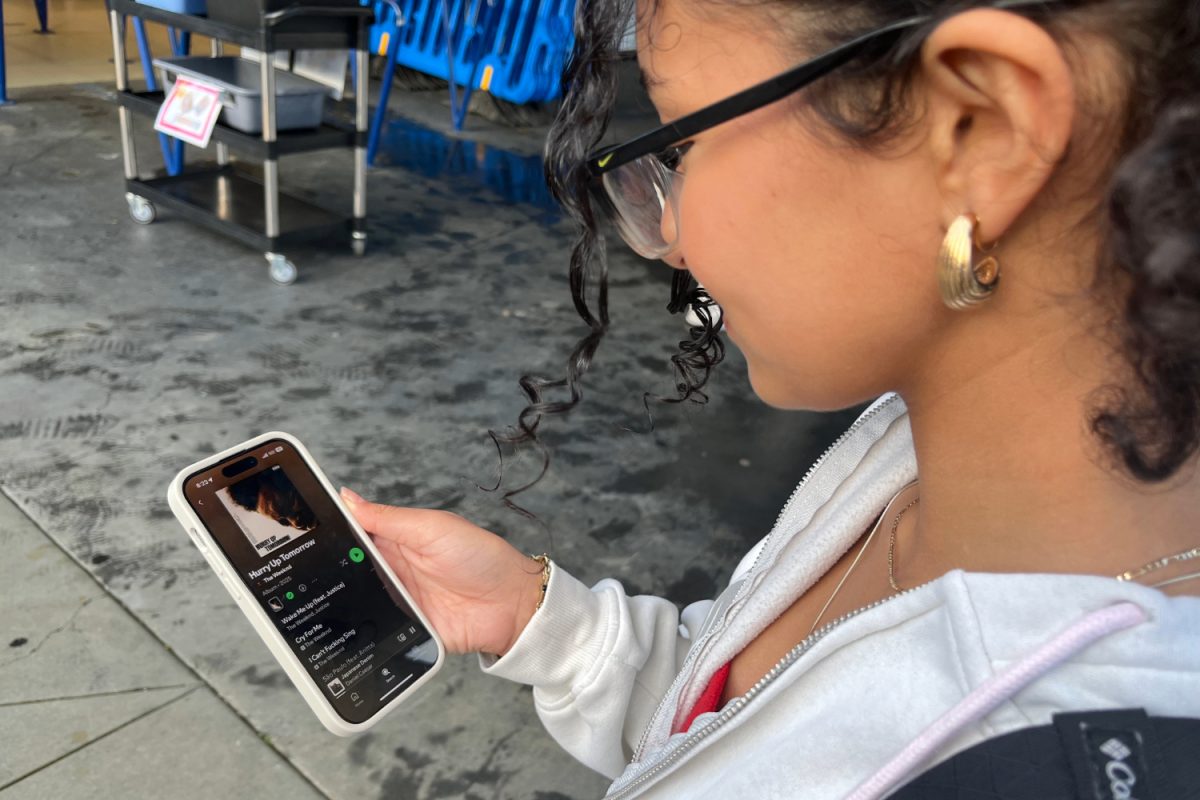In suburban areas, it is becoming increasingly common for children to live far from important locations, like school, and many are forced to rely on cars to get around.
According to the U.S. Bureau of Transportation Statistics, more than half of pre-high school students in the U.S. live farther than 2 miles away from school. Among this group, around half rely on public transportation and half rely on cars.
“I take the bus to and from school, and I regularly get driven around by my parents and carpooled by my friends’ parents because I don’t have my license yet,” said Carlmont junior Olivia Baum.
While children and teenagers attend school almost daily, it is not the only place they need to be. After school activities, sporting events, and hangouts with friends all require kids to get places. The question that remains is: How?
Getting a driver’s license is one of the most common answers for teenagers who need to get around and wish for greater independence.
“I have some friends who are excited to get their driver’s license because it gives a lot of freedom,” said Carlmont Transport Club president Benjamin Mangiafico.
While some teenagers do have a driver’s license, some choose to wait before taking the test. Others don’t have a vehicle to use even if they pass their driving test.
Furthermore, most school-aged children, particularly those in elementary and middle school, are not yet old enough to drive and must either rely on an adult to drive them or take the limited available public transport.
Overall, the spread out nature of suburban towns nurtures kids’ dependence on their parents or guardians.
“After school, when I want to hang out with my friends, I have to plan my time around when my parents can pick me up,” Mangiafico said.
As children continue to depend on adults to drive them places, limited availability of parents becomes an obstacle in their kids’ ability to interact with friends outside of school or go on simple outings.
“We have to go through the calendar and make sure that if my kids are going to need to be picked up, I’m available,” said Nicole Roberts, a local mother of three children.
Various family situations also impact a child’s means of getting around.
“If both my husband and I were working, it would be very difficult for us to do all of the driving around and drop offs and pickups for school and activities,” Roberts said.
Besides perpetuating kids’ dependence, suburban design is also inherently isolating, according to Baum.
“Even if I know people on my street, it feels a little isolated because it’s so quiet,” Baum said. “To get to a traditional town setting, you have to drive.”
Suburban areas can be defined as primarily residential areas, according to the Tennesse Department of Health, and don’t have much besides, in Roberts’ words, “a library, Starbucks, and a grocery store” within walking distance.
Alternatives to driving, such as buses or trains, exist, but many feel unsafe taking public transport or cite it as inconvenient.
“If I’m going to drive my kids to the train station, then I might as well drive them to wherever they’re going,” Roberts said.
According to Mangiafico, one potential solution to people’s reliance on private vehicles is spreading awareness about the public transport that is available.
“People write off buses or bikes as too dangerous or too slow, but I think getting people to understand that alternative modes of transportation are viable is very important,” Mangiafico said.












